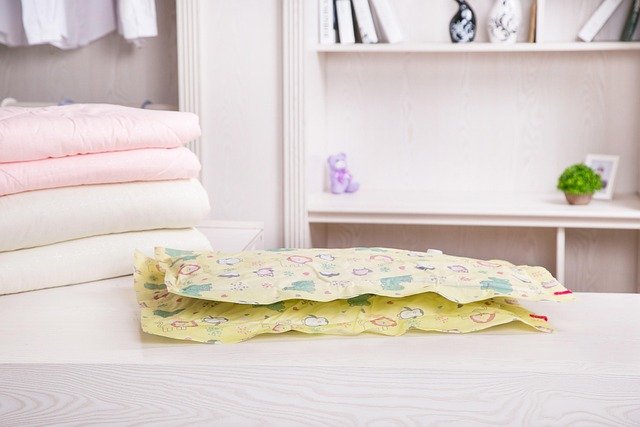Care and cleaning tips for powered warming layers
Practical tips for caring for powered warming layers can extend product life and keep users safe. This short overview covers basic cleaning, inspection, storage, and energy-aware use so your warming bedding performs well without compromising hygiene or electrical safety.

Powered warming layers need regular attention to remain safe, efficient, and comfortable. Proper care combines routine inspection, careful cleaning, and attention to manufacturer guidance about voltage and controls. This article outlines practical steps for heating performance and thermoregulation, highlights safety and hygiene practices, and offers maintenance advice that supports durability and portability. Follow product-specific instructions when available and treat electrical components with extra caution to avoid damage or risk.
Heating and thermoregulation
Effective thermoregulation starts with a functioning heating element and correct use. Check that heat zones warm evenly and that any built-in thermostats or sensors respond predictably to control adjustments. Avoid folding or creasing powered layers while in use; concentrated folds can create hot spots that impair temperature distribution and risk damage. Use layers and bedding materials that complement the product’s heat output rather than trapping excessive warmth. If you notice significantly uneven heating or a failure to reach set temperatures, stop using the item and consult the manufacturer’s maintenance guidance.
Safety and voltage considerations
Safety is central when handling powered warming layers. Confirm the product’s rated voltage before plugging it in and avoid adapters that change voltage characteristics. Inspect cords, plugs, and connections for fraying, exposed wiring, or discoloration; any signs of electrical wear are reasons to discontinue use until repaired or replaced. Avoid using powered layers with damaged controls or voltage regulators. This article is for informational purposes only and should not be considered medical advice. Please consult a qualified healthcare professional for personalized guidance and treatment.
Energy use and controls
Managing energy use reduces running costs and supports safe operation. Use lower heat settings or timers where available to limit energy draw while maintaining comfort. Automation features such as programmable timers or app controls can optimize heating cycles—set them to warm only when needed rather than continuous operation. Regularly test control interfaces to ensure accurate responsiveness; erratic controls can lead to higher energy consumption or inadequate heating. Consider energy-efficient models and review manufacturer specifications for typical power consumption when comparing options.
Materials and durability
Materials influence cleaning options and long-term durability. Outer fabrics, internal insulation, and wiring jackets vary by model; check product labels for compatible cleaning methods. Natural and synthetic blends behave differently: some fabrics tolerate gentle machine washing while others require surface cleaning only. Avoid harsh chemicals or high-heat drying that can degrade insulation or damage wires. Periodically assess seams and stitch lines for wear, and store powered warming layers rolled or flat rather than folded to reduce stress on internal wiring and prolong lifespan.
Maintenance and hygiene
Regular maintenance preserves hygiene and performance. Follow manufacturer guidance for detaching controllers before cleaning; many powered layers require removal of electrical components prior to laundering. If machine washing is permitted, use mild detergent and a gentle cycle, then air-dry flat away from direct heat sources. For spot cleaning, use a damp cloth and mild soap and ensure complete drying before reattaching any electrical parts. Inspect the item after cleaning for loose threads, exposed wires, or damage before reuse. Store in a dry environment to prevent mold or odor build-up.
Portability and storage
Portability matters for seasonal use or travel. When transporting powered warming layers, protect control units and connectors in padded sleeves and avoid tight folding that can crease wiring. For storage, keep layers in breathable bags in a cool, dry place and disconnect any detachable electronics. Labeling cords and controls can simplify setup after storage. If you plan to automate or integrate controls with smart-home systems, verify compatibility and follow guidelines for safe installation to maintain both portability and functional automation.
Proper care of powered warming layers balances cleanliness, electrical safety, and sensible energy use. Regular inspection of voltage-rated components, careful cleaning aligned with materials, and mindful storage will help preserve thermoregulation performance and durability. When in doubt, follow the manufacturer’s instructions and seek professional repair for electrical faults rather than attempting DIY fixes.






